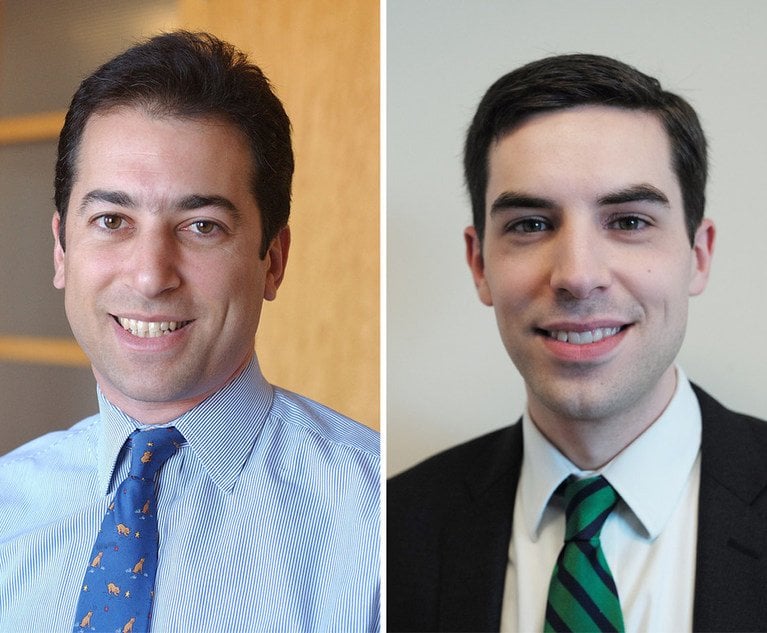The nature of the physician-patient relationship has complicated the question of when a malpractice claim accrues for statute of limitations purposes. This issue was addressed in Borgia v. City of New York, 12 N.Y.2d 151 (1962), by a divided Court of Appeals which extended the accrual date of the cause of action for a 15-month-old infant whose notice of claim was filed late after he had been admitted to the hospital for a scalding injury and had been injured on the first day of treatment and several other points in a 16-month hospitalization. On a pure policy basis, the court moved the accrual date of the claim from the date of the malpractice to the last date of continuous treatment for the same condition in that decision. The court stated as a matter of policy that it was “absurd” to require a patient to interrupt corrective efforts in order to commence timely legal proceedings. Id. at 156. In 1975, this decision was codified in CPLR §214-a, which extends accrual to the date of the last treatment for the condition, and explicitly prevents revival of the statute of limitations by the patient later initiating an examination to ascertain the state of the condition.
The year 1991 saw the Court of Appeals refine the application of its policy on continuous treatment. Nykorchuck v. Henriques, 78 N.Y.2d 255 (1991) reaffirmed the policy of maintaining the physician-patient relationship with the rationale that the most efficacious medical care would be obtained when the attending physician remains on a case from onset to cure. Id. at 258. In Massie v. Crawford, 78 N.Y.2d 516 (1991), the court found that the patient’s subsequent visits did not involve therapy to correct a medical condition. In Cooper v. Kaplan, 78 N.Y.2d 1103 (1991), the court decided that the subsequent physician-patient interaction did not rise to the level of continuous treatment. In all three cases, the court held that the policy justification for postponing accrual of the claim did not exist despite the continued relationship between the parties.


 John L.A. Lyddane
John L.A. Lyddane




